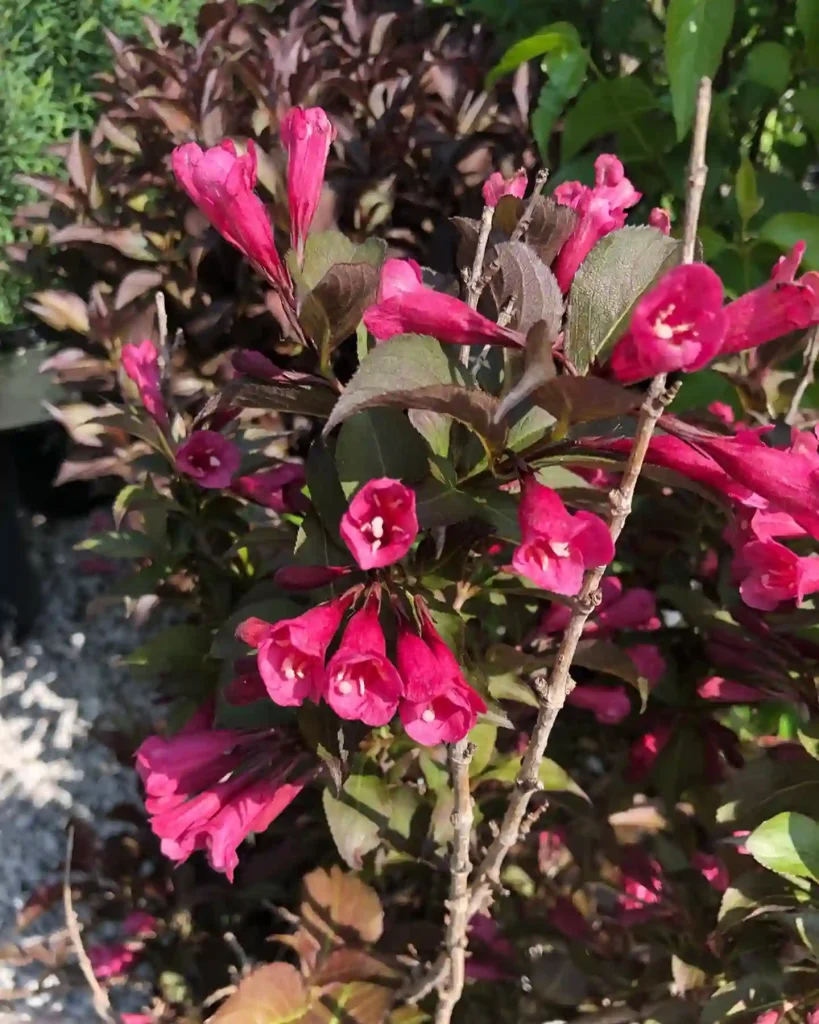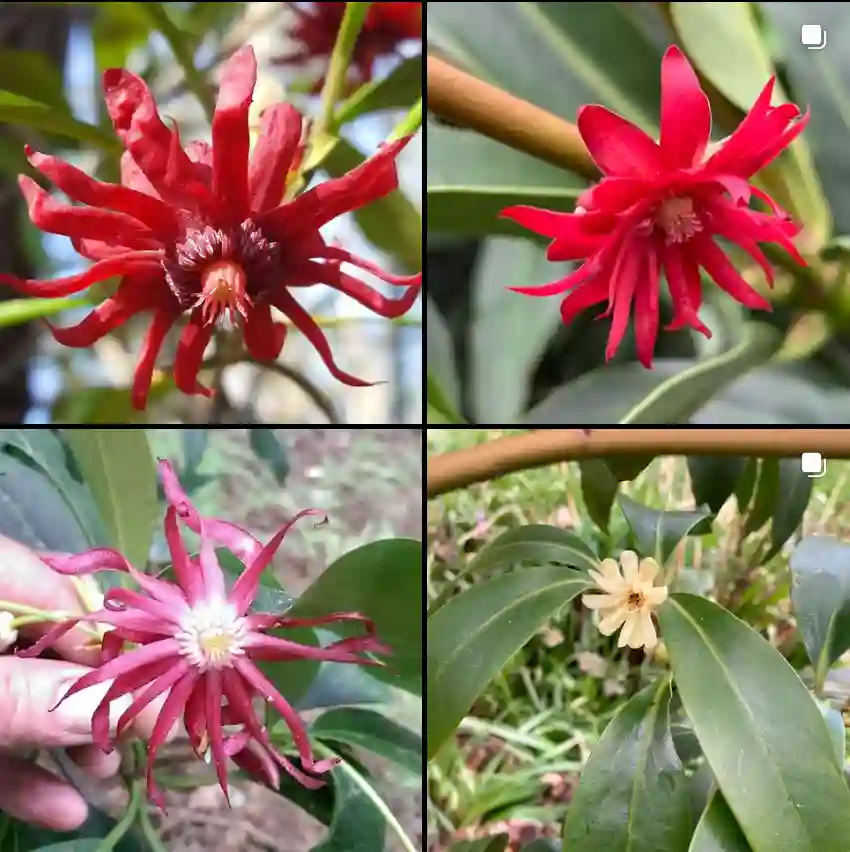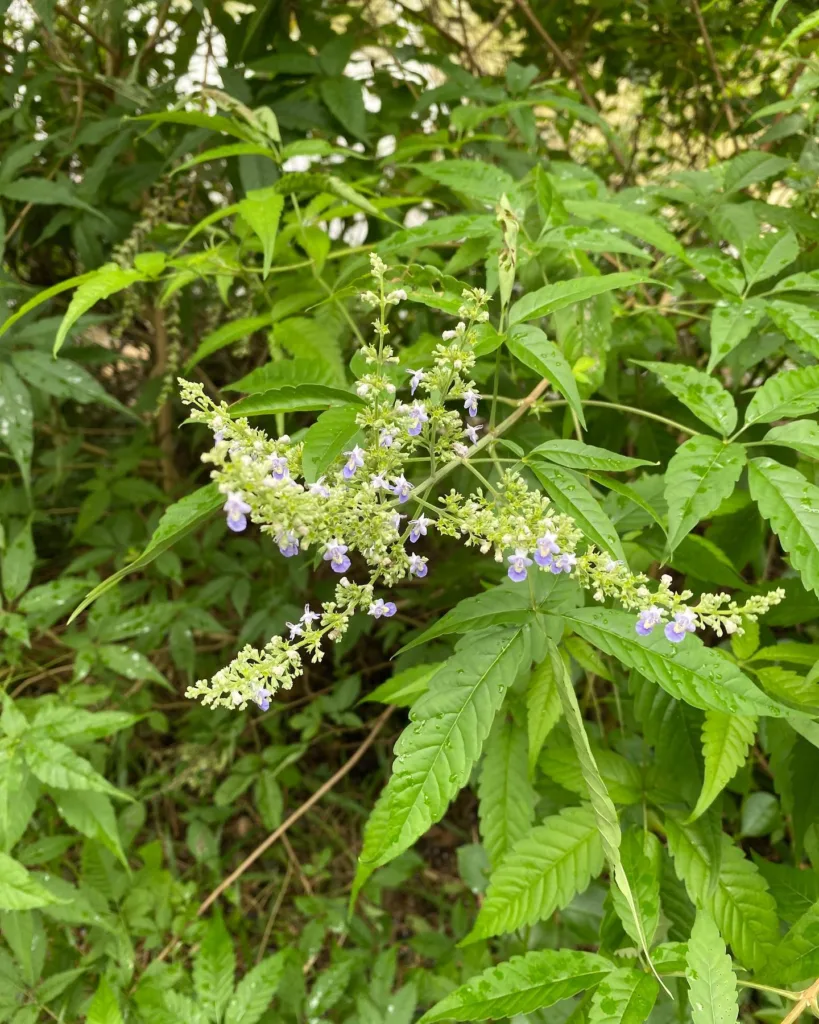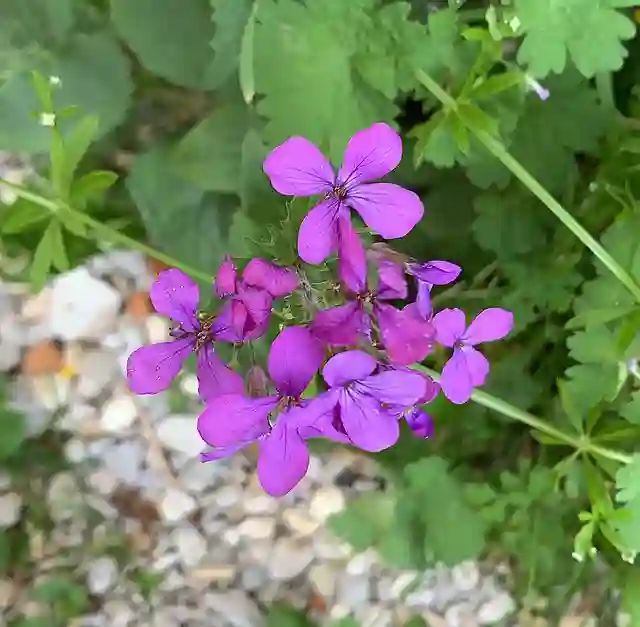FAQs About White Wax Flower by Ferb Vu
White Wax Flower, also known as Chamelaucium Uncinatum, is one of those underrated plants that deserve more attention. This delicate-looking yet hardy flower has a lot to offer in both gardens and floral arrangements. Over the years, I’ve come to appreciate this versatile plant, and I’ve had my fair share of questions from others curious about it. Below, I’ve compiled some frequently asked questions that I’ve encountered about White Wax Flowers, covering their meaning, care, propagation, and more.
What is the Meaning of White Wax Flower?
The White Wax Flower carries a beautiful meaning of enduring love and lasting memories. Its delicate yet resilient nature symbolizes perseverance and strength in relationships, making it a popular choice for weddings and romantic occasions. In floral language, White Wax Flowers are often used to convey sincerity and patience. They blend well with other blooms in arrangements, adding a touch of elegance while holding significant emotional meaning.
What is a White Wax Flower Plant?
The White Wax Flower Plant is a species native to Western Australia. Known for its small, waxy, star-shaped flowers, it typically blooms from late winter through early summer. The plant itself can grow as a shrub, reaching heights of about 4 to 6 feet (1.2 to 1.8 meters), depending on the variety. The foliage is needle-like, and when crushed, it releases a pleasant, herbal fragrance. Its waxy blooms, which can also come in pink or purple varieties, are long-lasting, making them perfect for cut flowers or floral displays.
How Do I Care for a White Wax Flower Plant?
Caring for a White Wax Flower plant is relatively easy, even for beginners. This plant thrives in well-drained soil and full sun, though it can tolerate some light shade. It’s drought-tolerant, which means it doesn’t require frequent watering once established. However, it’s essential to ensure that the plant’s soil isn’t waterlogged, as excessive moisture can lead to root rot. I’ve found that the best way to water White Wax Flowers is to let the top few inches of soil dry out between waterings. Also, regular pruning will help encourage new growth and maintain a bushy shape.
How Do I Propagate White Wax Flowers?
Propagating White Wax Flowers can be done through seeds or cuttings. In my experience, cuttings tend to be the more reliable method. To propagate through cuttings, select a healthy stem that’s semi-hardwood (not too soft or too woody). Cut it about 4 to 6 inches long and strip the leaves from the lower half. After dipping the cut end in rooting hormone, plant it in a well-draining potting mix. Keep it moist, but not waterlogged, and in a bright location out of direct sunlight until it establishes roots, which can take several weeks.
If you prefer to start from seeds, White Wax Flower seeds can be purchased online or from specialized nurseries. Seed propagation can be slower and more challenging, requiring patience. Sow the seeds in well-draining soil, keep them moist, and provide bright light. Germination can take a few weeks to months, depending on conditions.
What Can I Plant with White Wax Flowers?
When planning your garden, White Wax Flowers pair beautifully with other drought-tolerant plants such as lavender, salvia, and ornamental grasses. These companions share similar soil and sunlight requirements, making them ideal partners. Additionally, planting them alongside succulents like Sedum or Echeveria can create a textured and varied landscape that’s both low-maintenance and visually appealing.
Are White Wax Flowers Deer-Resistant?
Yes, White Wax Flowers are generally deer-resistant, which makes them an excellent option for gardens in areas with deer activity. Their fragrant foliage tends to deter deer, although no plant is entirely deer-proof. I’ve had good success with White Wax Flowers in gardens where other plants have been nibbled on, so they’re worth trying if you’ve had issues with wildlife.
Can I Grow White Wax Flowers in Containers?
Absolutely. Growing White Wax Flowers in containers is an excellent option if you have limited garden space or want to add some flair to a patio. When planting in a container, use a well-draining potting mix and ensure the container has adequate drainage holes. The plant will need more frequent watering in a pot than in the ground, especially during hot weather. Keep an eye on the soil moisture and prune the plant as needed to maintain its shape. Container-grown White Wax Flowers also benefit from occasional fertilizing during the growing season.
How Long Do White Wax Flowers Last as Cut Flowers?
One of the reasons I love White Wax Flowers is their longevity as cut flowers. They can last up to two weeks in a vase, making them a favorite in the floral industry. To maximize their vase life, ensure that you cut the stems at an angle and place them in fresh water with a floral preservative. Change the water every couple of days and trim the stems slightly to help them absorb water more efficiently.
What Are the Common Pests and Diseases Affecting White Wax Flowers?
White Wax Flowers are relatively pest-resistant, but they can sometimes be affected by aphids, mites, or scale insects. Keeping an eye on the foliage and addressing any infestations early with insecticidal soap or neem oil can prevent damage. Overwatering can also lead to fungal issues such as root rot or powdery mildew, so proper watering practices are essential.
Final Thoughts
White Wax Flowers are more than just a pretty plant. They bring elegance and meaning to gardens and floral arrangements alike. From their symbolic meaning of enduring love to their easy care, they are a plant I always recommend to both seasoned gardeners and beginners. Whether you’re looking to grow them from seeds, propagate from cuttings, or simply enjoy them as cut flowers, White Wax Flowers will add charm and resilience to your plant collection.
If i die, water my plants!



